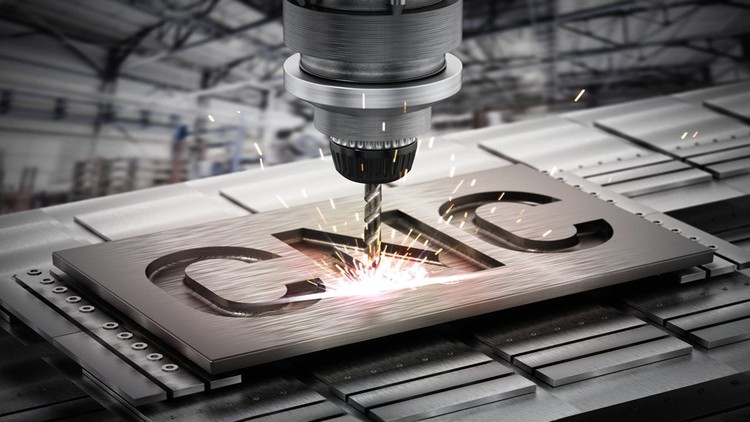In the world of CNC (Computer Numerical Control) machining, aluminum stands out as a favored material, revered for its lightweight yet robust properties. However, not all designs translate seamlessly into flawless machined products.
This is where the magic of optimization comes into play. Crafting a design that not only leverages aluminum’s strength but also aligns with machining capabilities is an art in itself.
From intricate geometric shapes to accommodating tool paths, every decision impacts the efficiency, cost, and quality of the final piece. Whether youre an experienced engineer or a budding designer, understanding the nuances of CNC machining can mean the difference between a mediocre outcome and a remarkable one.
In this article, we will delve into essential strategies and practical tips that will guide you through the intricacies of optimizing your designs for CNC aluminum machining, ensuring your projects are as successful as they are innovative.
Introduction to CNC Aluminum Machining

CNC aluminum machining is a cutting-edge manufacturing process that combines precision with versatility, making it an essential technique in the production of intricate components across various industries. As engineers and designers strive to push the boundaries of innovation, understanding the nuances of aluminum machining becomes paramount.
From aerospace to automotive applications, aluminum’s lightweight yet durable properties enable the creation of parts that not only meet strict tolerances but also reduce overall weight—an increasingly critical factor in today’s designs. By leveraging advanced computer numerical control technology, manufacturers can achieve exceptional accuracy while minimizing waste.
However, to fully harness the potential of cnc aluminum machining, thoughtful consideration of design elements is essential. This article unravels key strategies to optimize your designs, ensuring that the transition from concept to fabrication is as seamless and efficient as possible.
Design for Manufacturability (DFM) Principles

Design for Manufacturability (DFM) principles play a pivotal role in optimizing designs for CNC aluminum machining, ensuring that every component is not just innovative but also feasible to produce efficiently. Begin by simplifying geometries; complex shapes can complicate machining processes, leading to longer production times and increased costs.
Consider incorporating standard components wherever possible, as this not only reduces lead times but also leverages existing manufacturing capabilities. Pay close attention to tolerances; while tight tolerances may seem desirable, they can dramatically escalate manufacturing challenges and expenses.
Additionally, think about the overall flow of the machining process—designing parts that allow easy access for cutting tools enhances output and minimizes waste. In a nutshell, embracing DFM principles means envisioning your design not as a standalone entity but as part of a larger manufacturing tableau, where each decision reverberates through the production cycle.
The art lies in balancing creativity with practicality, ensuring your designs flourish in the world of CNC machining.
Advanced Design Techniques for CNC Machining

Advanced design techniques for CNC machining can significantly enhance both the functionality and efficiency of your aluminum components. Consider utilizing parametric design, which allows for greater flexibility in adjusting dimensions and features without starting from scratch.
Sophisticated geometric modeling can enable the creation of complex shapes that optimize material usage while maintaining structural integrity. Incorporating features such as draft angles and fillets not only eases the machining process but also prolongs the lifespan of your tools.
Furthermore, simulation software can predict potential issues before manufacturing begins, saving time and resources. By embracing these advanced strategies, designers can unlock new levels of precision and creativity in aluminum machining projects, ultimately leading to superior finished products.
Conclusion
In conclusion, optimizing your design for CNC aluminum machining is essential to achieving efficiency, accuracy, and cost-effectiveness in your manufacturing processes. By understanding the intricacies of material properties, tool selection, and machining strategies, you can create designs that are not only feasible but also enhance the overall performance of your final product.
Implementing best practices such as maintaining appropriate tolerances, minimizing complex geometries, and selecting suitable finishes can make a significant difference in the quality of the machined aluminum parts. Whether you are an engineer, designer, or manufacturer, embracing these optimization techniques will ultimately lead to greater productivity and higher-quality outcomes in your CNC aluminum projects.


